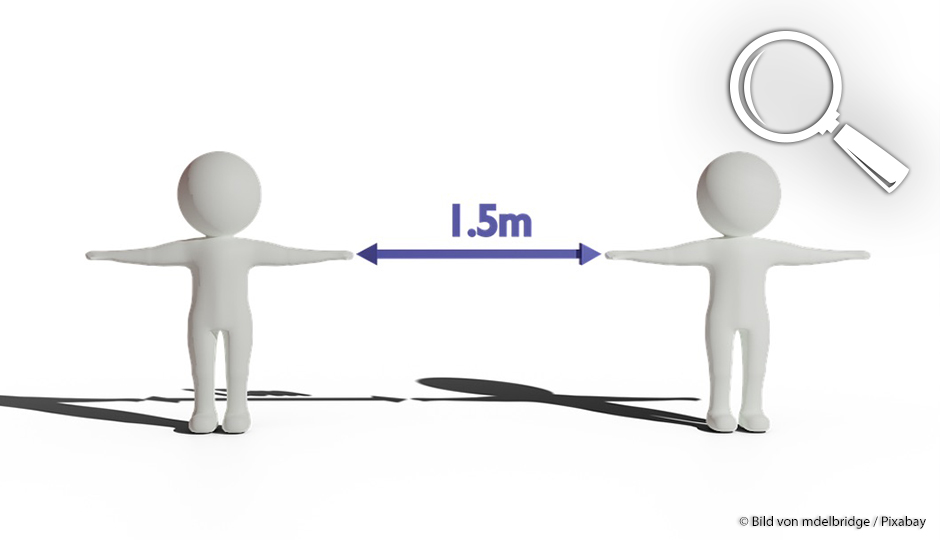Auteur : Agence Science Presse - Gabrielle Brassard-Lecours
Public health authorities recommend social distancing to slow the spread of contagious diseases. But are people clear on the concept? The Détecteurs de rumeurs has identified 5 myths.
1. Social distancing only applies to the elderly and persons at risk. False
Of course, the goal is to protect the most vulnerable populations by slowing the spread of the virus. But anybody can be infected and transmit the virus. Staying away from crowded areas, especially indoors, helps slow the spread. There are three things you can do: reduce contact, avoid people who cough and go into complete quarantine if you have any symptoms. These are all ways to help flatten the curve of the daily number of new cases.
2. Social distancing will produce immediate results. False
The authorities also encourage social distancing to prevent overloading of the healthcare system. China imposed radical self-isolation measures for nearly two months and has barely started to ease them. Even with these severe restrictions, hospital and intensive care admissions in China continued to grow for weeks. Contagion was already spreading, no matter what was done. Weeks can pass before an unknowingly infected person becomes sick enough to need care.
3. Social distancing for a little over a month could stop the epidemic permanently. Unknown
It’s true that effective social distancing measures helps reduce the virus in a city or a region. But the virus still remains present. The history of quarantines has proved that when social distancing works, the cases of infection decline. But when the measures are eased, a major resurgence can occur. So it’s reasonable to believe that social distancing must be implemented over a long period.
4. Only people who test positive for COVID-19 should self-isolate. False
In the United States, the number of screening tests is far below what it should be. In Québec, some people wonder if enough testing is being done. As warmer weather approaches, we’ll see fewer people with flu or colds. This will make it easier to detect COVID-19 in patients with respiratory infections. That’s why the authorities advise people to stay home as much as possible, especially if they are sick.
5. All human interactions must be stopped. False
“Physical distancing” probably is a more appropriate term than “social distancing”. The objective is physical distancing between individuals, not emotional distancing, Marc Lipsitch and Joseph Allen explain in USA Today. Lipsitch is a Professor of Epidemiology and Allen is Director of the Healthy Buildings Program, both with the School of Public Health at Harvard University.
This means you must stop non-urgent errands and going out to bars or restaurants. But it doesn’t mean you have to end conversations with your neighbour on the street or give up jogging with a friend. “Physical distancing” can mean replacing home visits with phone calls or social media, for example. We can keep society running at a minimum and preserve our mental and physical health.
Marc Lipsitch and Joseph Allen inspired our article about these myths.
Also read
- Siobhan Roberts, You can break the chain of transmission, New York Times, March 19.
- Debate: What does social distancing mean, The Atlantic, March 19.





